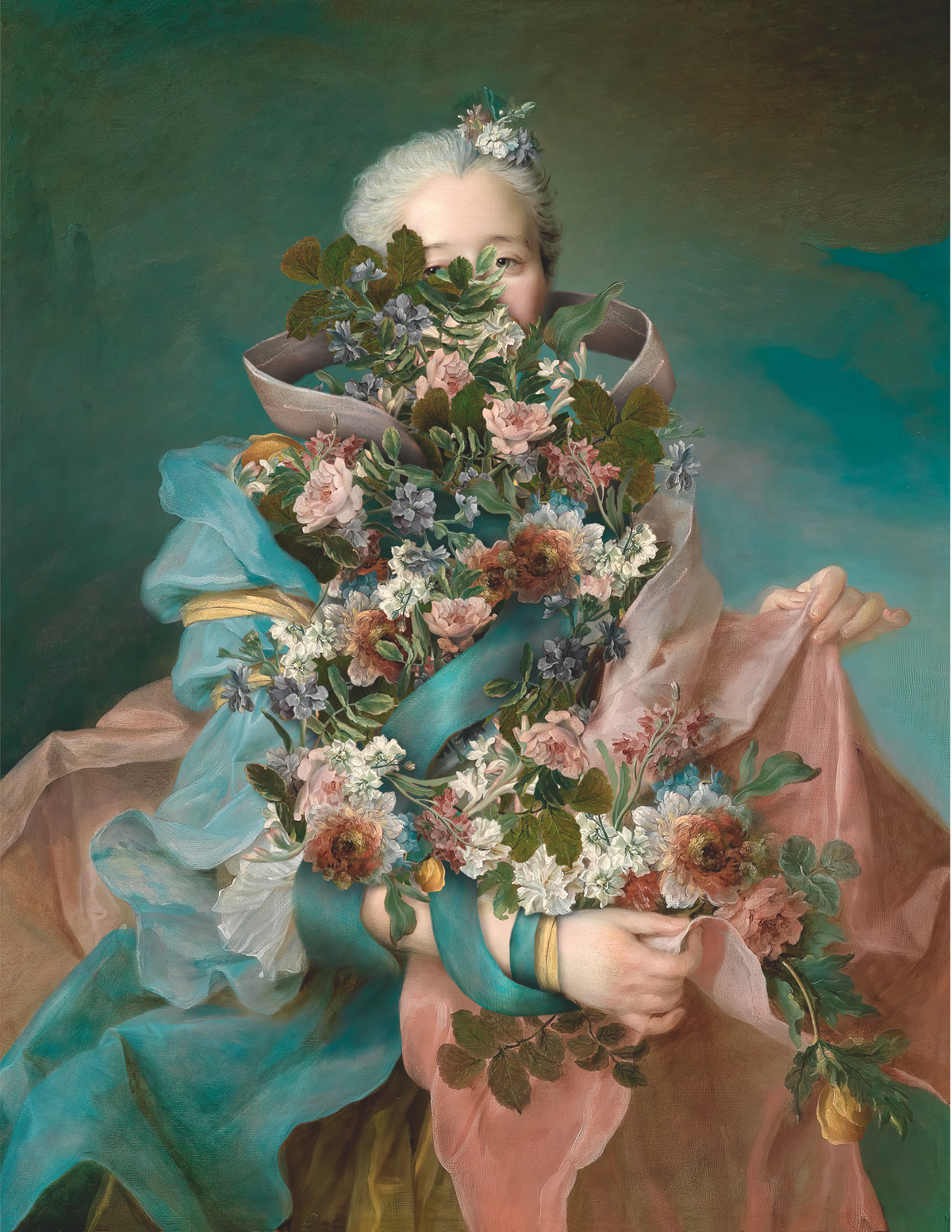In 1666 France, Louis XIV reigned supreme. But Italy still controlled the arts. French artists flocked to the Eternal City for study at the French Academy, and returned with the cultural spoils of their time there—inspiration in architecture, design, and fashion. The king soon enlisted Jules Hardouin-Mansart, his court’s chief architect, to dream up a uniquely French aesthetic.
In 1678, as part of his renovation of the Grande Galerie in the Palace of Versailles, Hardouin-Mansart arranged 357 mirrors into a row of 17 large arches along a wall opposite 17 large, arched windows. The room seemed to double in size and grandeur. Before long, mirrors sprung up in courts across Europe. The Grande Galerie is known today as the Hall of Mirrors, and it was here that France’s artistic influence began.
When Louis XIV died, in 1715, his new aesthetic had worked a change in the world, challenging the seriousness of antiquity with playful motifs of plants and animals, all in vibrant color palettes. Furniture was made with rounded edges and undulating details. Women wore robes volantes, fluttering dresses with spectacular trains. The king had wanted “to see childhood representations everywhere.” Cumbersome ornamental statues were replaced with motifs drawn from nature—palm leaves, seashells, bouquets, and garlands. Colors had names such as “water green,” “straw yellow,” and “linen gray.”
This uniquely French style—rocaille—became known as “rococo” across Europe. In 1735, the architect Germain Boffrand fitted the Hôtel de Soubise, in Paris, with two oval living rooms clad with mirrors, boiseries, and overdoors by Charles-Joseph Natoire, creating oases of quiet beauty. About 424 miles east, the designs of François de Cuvilliés for the Munich Residenz were so exuberant they veered on garish.
In the latter half of the 18th century, the pendulum swung back, hailing the return of neoclassicism. Palladian-style villas and temples were constructed across the Continent. In France, Anglomania was rampant. Women wore wide-brimmed hats and lightweight dresses, and gardens were fashioned to seem orderly yet spontaneous, like their English counterparts. The Petit Trianon at Versailles, completed in 1768 by Ange-Jacques Gabriel for Louis XV, is an enduring symbol of neoclassical power.
The French Age of Enlightenment ended with the French Revolution, in 1789, but the age’s influence on thought and beauty has never died. In the book 18th Century Style, by Sophie Motsch and Emmanuel Sarméo, furniture, interiors, architecture, and fashion from the period, as well as the creative endeavors they inspired, are wonderfully collected and catalogued. As the French diplomat Prince Talleyrand wrote in his memoirs, “It is the century that forged all victorious weapons against this elusive adversary called boredom.” —Elena Clavarino
Elena Clavarino is a Senior Editor at AIR MAIL















